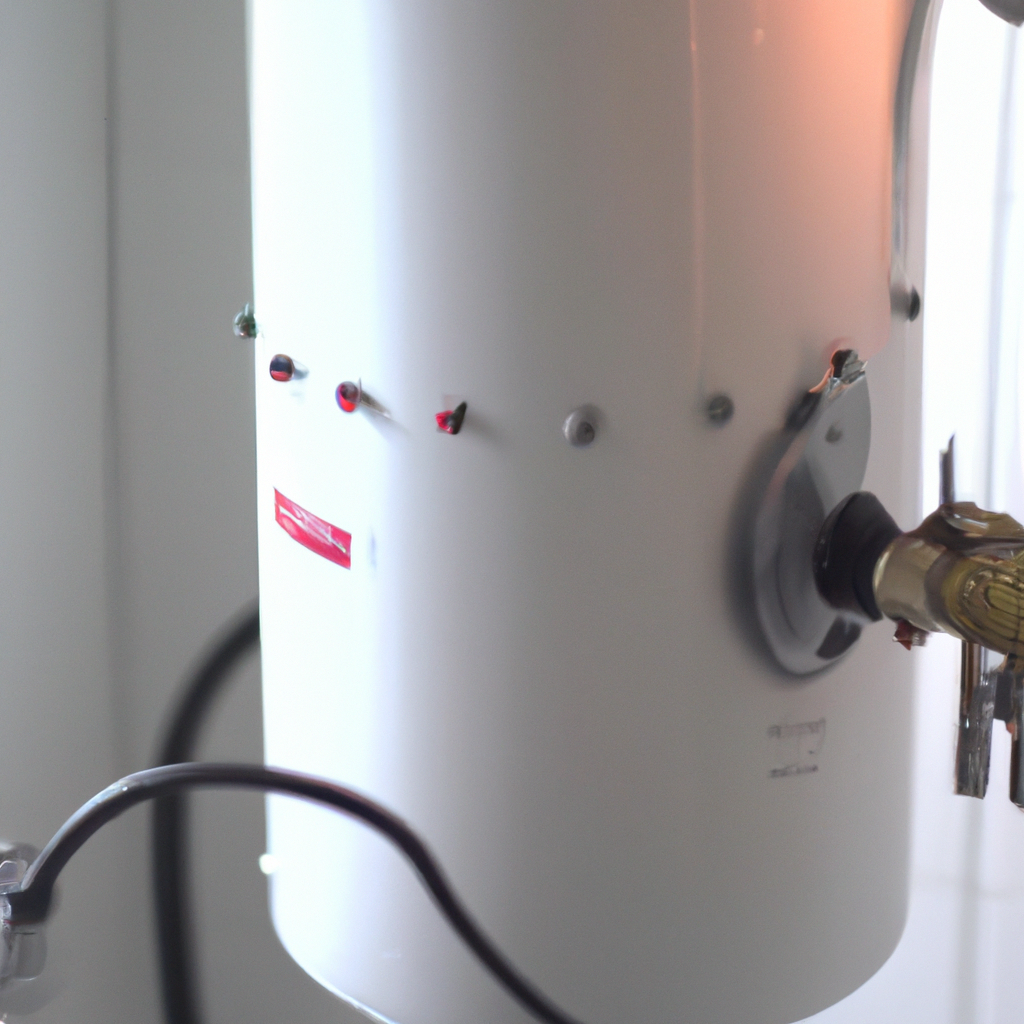A water heater is one of the most essential appliances in a household. It supplies hot water for various purposes, from bathing to washing dishes and clothes. But how does a water heater work, and what are the components that make it function? In this article, we will explore the different types of water heaters, their heating systems, energy efficiency, maintenance, troubleshooting, sediment buildup, and thermostat.
Types of Water Heaters:
There are two main types of water heaters: tank and tankless. Tank water heaters store a large amount of hot water in a tank and keep it heated until it’s needed. A tankless water heater, on the other hand, heats water as it flows through the unit without storing any hot water.
How it Works:
In a tank water heater, the heating system consists of a heat source, usually a gas burner or electric heating element, and a thermostat. The heat source heats the water in the tank to the desired temperature set on the thermostat. When the hot water is used, the tank refills with cold water, and the heating process starts again.
In a tankless water heater, the heating system consists of a heat exchanger and a flow sensor. The heat exchanger heats the water as it passes through, and the flow sensor determines the amount of water flow and adjusts the temperature accordingly.
Energy Efficiency:
Tankless water heaters are more energy-efficient than tank water heaters because they only heat water when it’s needed, rather than continuously heating a tank of water. This means that tankless water heaters use less energy, resulting in lower utility bills. However, tankless water heaters have a higher upfront cost than tank water heaters.
Maintenance:
Both tank and tankless water heaters require regular maintenance to ensure optimal performance. Tank water heaters should be drained and flushed regularly to remove sediment buildup, which can cause damage to the tank and reduce its efficiency. Tankless water heaters also require regular maintenance to remove mineral buildup that can clog the heat exchanger.
Troubleshooting:
If your water heater is not working correctly, there are a few things you can check before calling a professional. For tank water heaters, check the thermostat settings and make sure the pilot light is on. If the water is not hot enough, adjust the thermostat. If the pilot light is out, relight it according to the manufacturer’s instructions. For tankless water heaters, check the flow sensor and heat exchanger for mineral buildup, which can be cleaned with a descaling solution.
Sediment Buildup:
Sediment buildup is a common problem in tank water heaters. Over time, minerals and sediment can accumulate at the bottom of the tank, reducing its efficiency and causing damage. Regular maintenance, such as draining and flushing the tank, can help prevent sediment buildup.
Thermostat:
The thermostat in a water heater controls the temperature of the hot water. It is essential to set the thermostat to the desired temperature to prevent scalding and conserve energy. The recommended temperature for most households is 120 degrees Fahrenheit.
In conclusion, a water heater is an essential appliance in any household, providing hot water for various purposes. Understanding how a water heater works and its components is crucial for its maintenance and troubleshooting. Regular maintenance, such as flushing the tank and cleaning the heat exchanger, can help improve energy efficiency and prevent damage. By following these tips, you can ensure that your water heater operates efficiently and provides hot water when you need it.







